Sacro Iliac Joint (pelvis) Pain Injury & Football
May 13 2008 | Articles
Introduction
Back pain is usually attributed to the Sacro Iliac Joint. Located at the pack of the pelvis, the Sacro Iliac joint may be damaged in a variety of ways. Traumatic incidents, bio-mechanical mal-alignment, inflammatory joint disease and even hormonal fluctuations in pregnancy can all be sources of pain in the Sacro Iliac joint.
The articulations that attach the Sacrum to the iliac bones of the pelvis make up the Sacro Iliac joint. Covered with articular cartilage, these joints receive great stability from the tough ligaments that support them.
Physical trauma can easily result in Sacro Iliac joint dysfunction. For instance, falling and landing on the buttocks after a heavy tackle can immediately cause damage to the joint. However, the presence of mal-alignment in the bones and muscles as well as the unequal length of the legs may contribute to a gradual development of this condition. Sporting activities may also put constant strain to the Sacro Iliac joint, which can later develop to a Sacro Iliac joint dysfunction.
Pain in the Sacro Iliac joint may also be caused by inflammatory disorders. Termed as ‘spondyloarthropathies’, these disorders target the spine. Ankylosing spondylitis, psoriatic arthritis, inflammatory bowel disease and Reiter’s syndrome are common examples of these disorders. Inflammatory disorders can be diagnosed through blood tests.
Sacro Iliac Joint Pain Signs & Symptoms
Mechanical Sacro Iliac joint dysfunction is usually signalled by the presence of slight pain at the base of the spine. The pain usually originates from a specific side of the spine. The pain may be heightened by activities that require participation of the lower back.
These activities include sitting, bending, lifting. Standing up from a seated position, or lifting the knee up to the chest during stair climbing can also intensify the pain. As a result of the injury, the player may experience soreness on the groin, buttocks or on the back of the thigh. Unlike the effects of a disc prolapse, Sacro Iliac joint pain does not usually extend to body parts below the knee.
Sacro Iliac Joint Pain Treatment
If the pain suddenly intensifies, the player must immediately take a rest from activities that may worsen the injury. For the first 24 hours of the joint pain, the person must try to find and maintain a position that helps alleviate the pain.
If biomechanical factors like unequal leg length or altered lower limb alignment caused the dysfunction, treatment must begin with addressing these conditions first. The patient may also use orthotics to improve his or her condition. Orthotics is a supportive material inserted into the sole of the shoes.
If normal Sacro Iliac joint movement is ‘blocked’, a Chartered Physiotherapist may treat the condition using passive mobilizations. This treatment will gently and gradually restore regular motion in the Sacro Iliac joint. At the same time, it will eliminate the excess stress present in the ligaments that surround the joint.
Once movement is possible in the joint, the patient may progress towards more active rehabilitation. Rehabilitation will include exercises for more than 30 of the muscles that help provide the Sacro Iliac joint with sufficient stability.
To alleviate pain and facilitate healing of the Sacro Iliac joint, many people opt to do pool running with the use of a buoyancy belt.
Sacro Iliac Joint Pain Prevention
Taking proper care of the back is an important step in ensuring that the dysfunction does not happen again. To achieve this, a person must have a clear understanding of the mechanics of a good posture. This proper posture must be maintained at all times and most especially during extended periods of sitting. To aid in this, a person may place a lumbar roll at the base of the back. People must also refrain from driving for long hours.
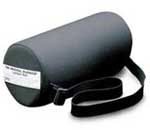
View a Lumbar Roll
Improving the muscular stability of the spine will ensure long term maintenance of the body’s proper posture. A sitting support may also be effective in improving the body’s posture during sitting activities such as driving and typing. The sitting support facilitates good posture by supporting the forward curve located at the bottom of the back. This will also enhance the back’s ability to manage load.

View Sitting Supports
Research suggests that back pain may be relieved and normal function may be regained through core stability and strength exercises. These exercises will effectively address poor postural habits that may have caused the dysfunction to develop.
Through the supervision of a Chartered Physician, the patient will easily master the exercises. Since these exercises are not extremely vigorous, it is possible for patients across all ages to perform them. Eventually, the patients may use Swiss Balls (below) to practice movements that will help alleviate pain as well as protect the back from further injury.
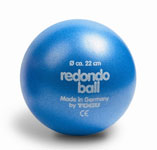
Click here to view exercise balls
Football Rescue Recommends Back Supports
![]()
![]()
![]()
![]()
![]() 5 Star Rating
5 Star Rating
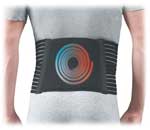
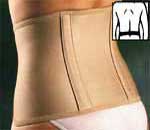
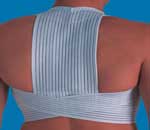
View Back Supports
